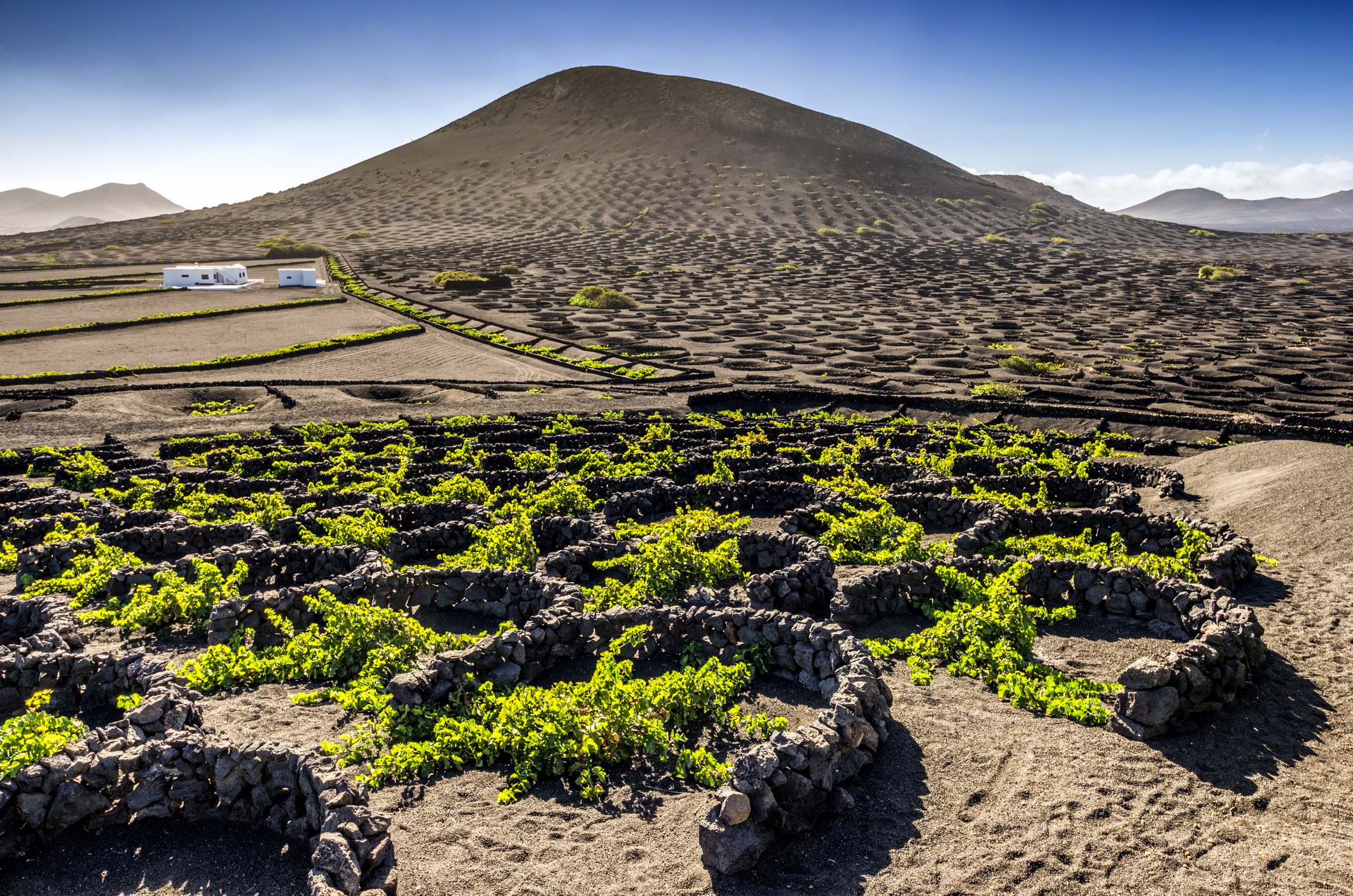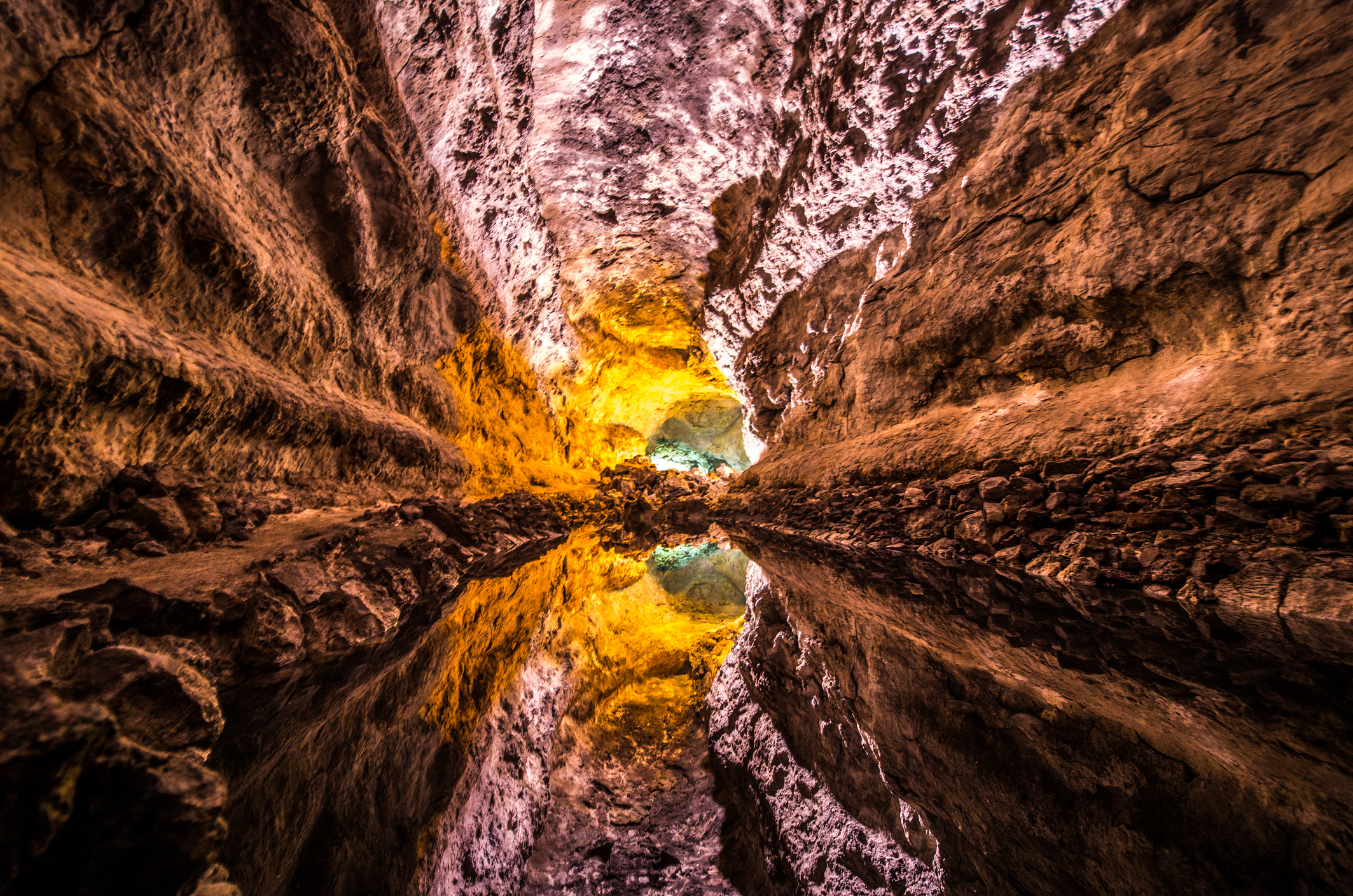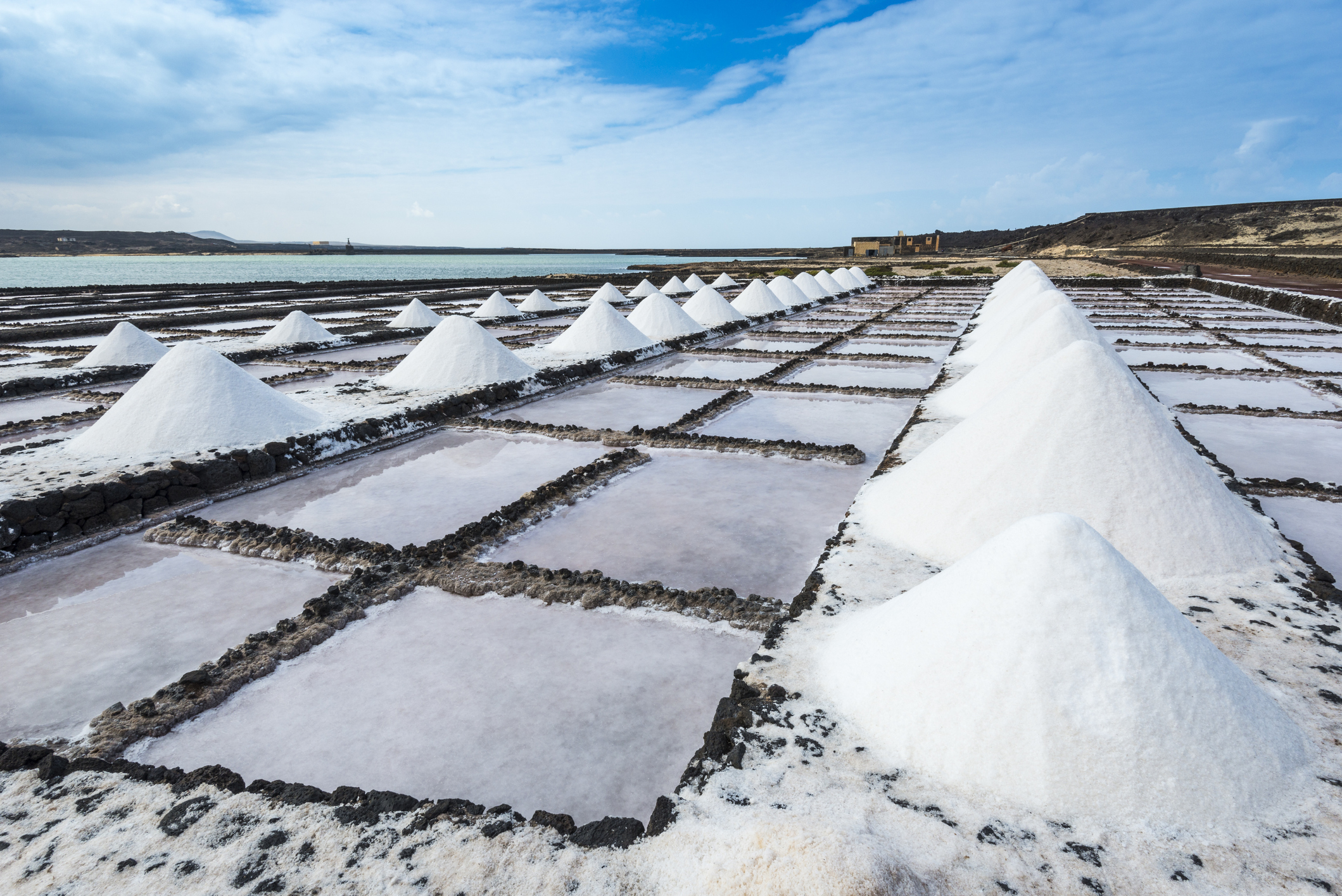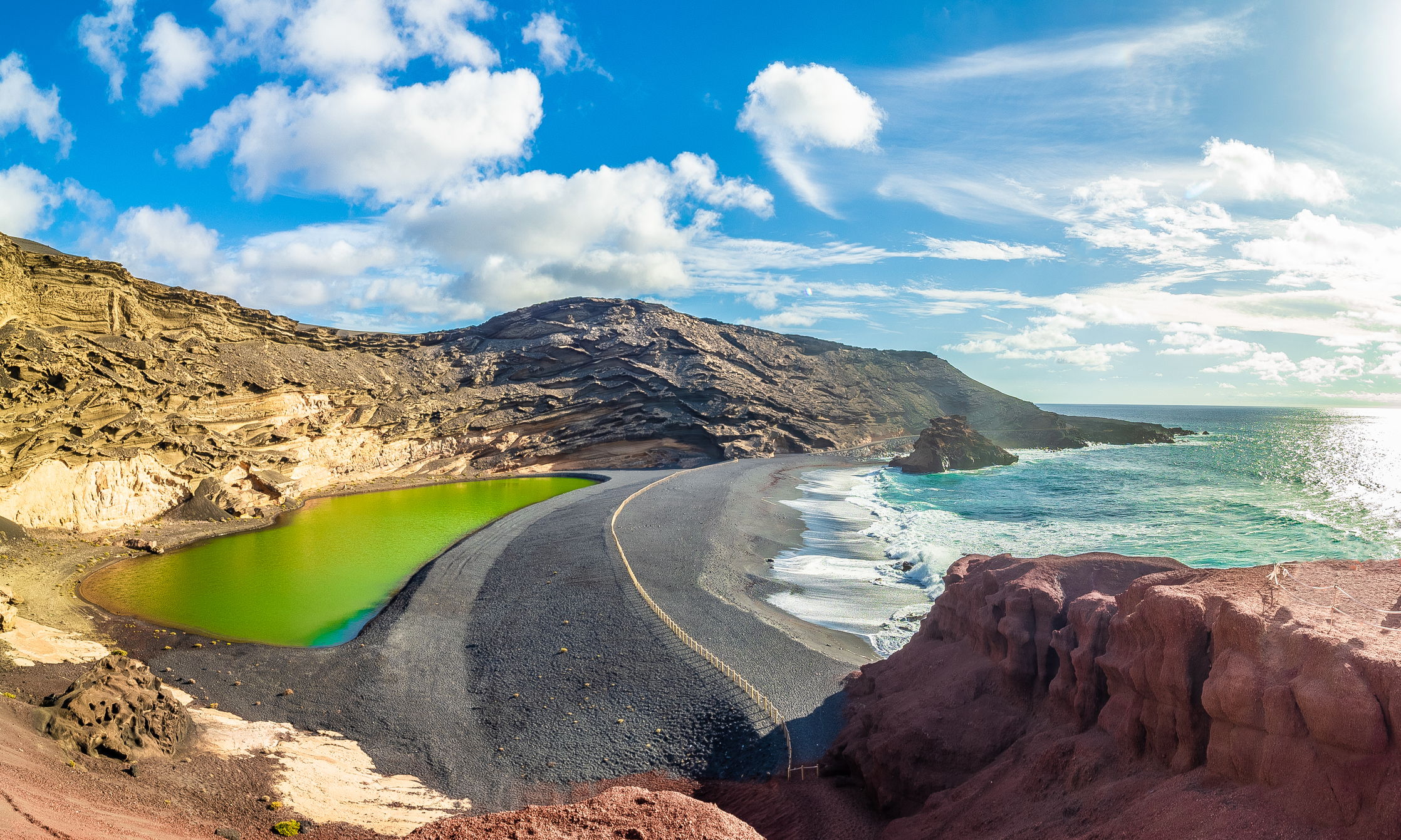The easternmost of Spain´s Canary Islands is a land of dramatic volcanic landscapes (including some 300 volcanic cones) and gorgeous beaches, interspersed with some striking manmade landmarks – especially those created by its most famous and iconic son, the architect-environmentalist César Manrique. There´s a lot for visitors to see and do here, but let us introduce you to a handful not to miss:

La Geria
Centred around the town of San Bartolomé, pretty much in the middle of the island, in this wine region thousands of green vines provide a striking contrast with the dark volcanic soil and landscape. Winemaking here dates back to the 18th century and mostly consists of Malvasia, a crisp white whose varieties range from sweet to dry and mixing fruity notes with an underlying minerality from the soil in which it’s grown.

Jameos del Agua
Located in the north, the first and perhaps still most important masterpiece of César Manrique is a perfect melding of nature and architecture built within a volcanic lava tube, taking advantage of the natural space to install passageways and stairs, as well as a museum and an auditorium which can seat more than 500 and features, as you might expect, superb acoustics. The complex is finished off by a palm grove and outdoor lake full of light and colour. Parenthetically, another interesting thing about these caves are the presence of tiny blind albino crabs which are endemic to the island.

The Cueva de Los Verdes
Right next to Jameos del Agua and part of one of the most impressive lava tubes on the planet, the Túnel de la Atlántida, this immense cave (about a kilometre/⅔ of a mile) long offers a spectacular array of stalactites, stalagmites, and other phantasmagoric formations accented with coloured lights, along with a shallow “mirror lake” and a concert hall (because you can imagine the acoustics!).

The Janubio Saltworks
Near the southwestern coastal towns of Yaiza and Playa Blanca, the 128-year-old Salinas del Janubio sit on a lagoon created by lava from an 18th-century volcanic eruption, and whose waters are evaporated to yield salt in a fascinating complex stretching for 168 hectares (415 acres). Walking along paths between the great mounds of salt, you´ll notice that some are tinted reddish, which comes from tiny organisms in the water including algae, crustaceans, and bacteria.

´The Green Puddle´
Also in the southwest near Yaiza, and part of Los Volcanes Natural Park, el Charco Verde is famed for its striking green hue, due to algae. Formed – like most every other natural feature on Lanzarote – by volcanic eruptions, it´s separated from the Atlantic Ocean by a beach, yet connected to it via underground tunnels. A spectacular day trip for sure!
Intrigued? Let Iberia introduce you to these amazing Lanzarote experiences and more.
Photos: MichaelUtech; Eloi_Omella; herraez; Balate Dorin; AlbertoLoyo

